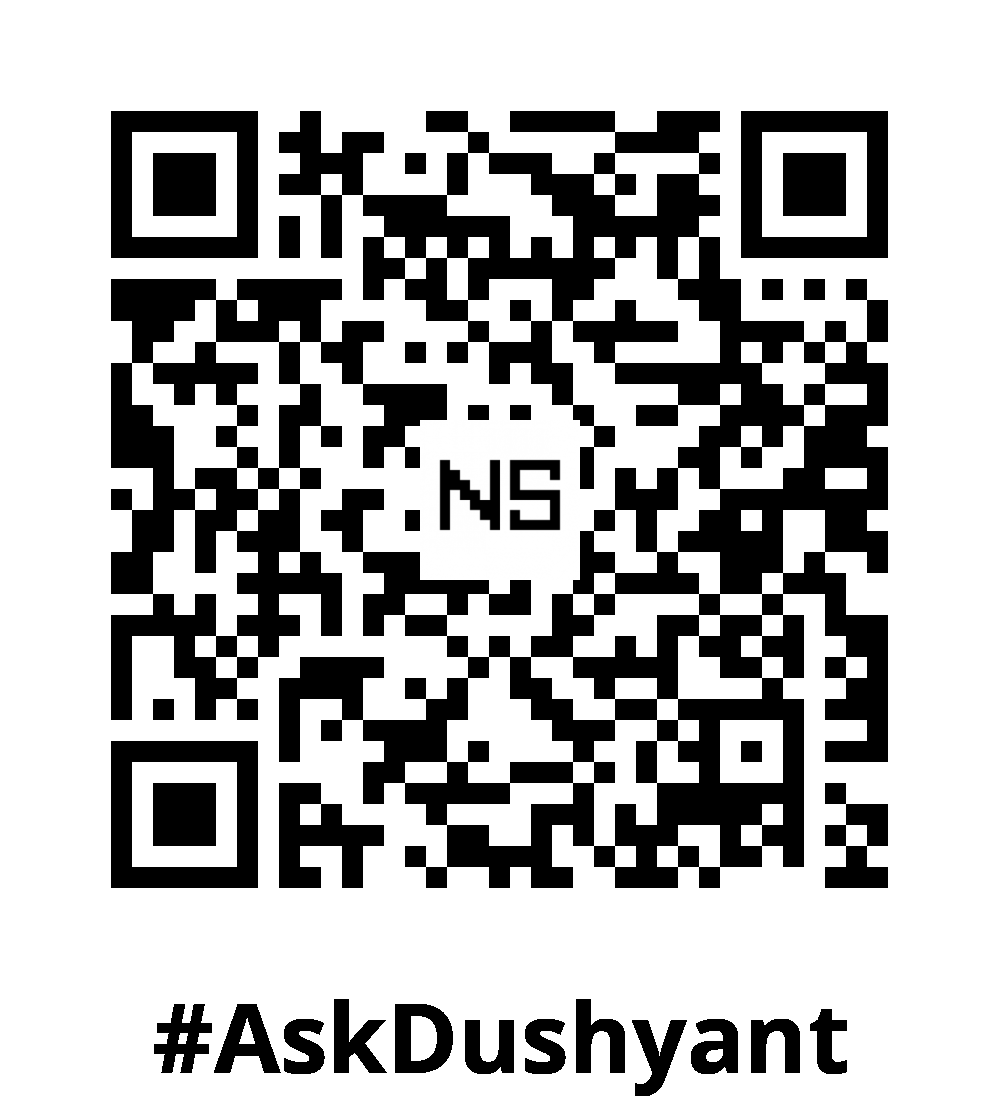In the ever-shifting landscape of AI technology, one term has captured both imaginations and concerns — Deepfakes. Let’s delve into the intricacies of this digital phenomenon, exploring what it is, how it’s crafted, the readily available tools, the challenges it poses, methods for identification, its potential trajectory, and the delicate balance between innovation and ethical responsibility.
Decoding Deepfakes: A Digital Illusion
At its core, a Deepfake is a form of synthetic media where artificial intelligence (AI) is employed to replace or superimpose existing content with fabricated audio, video, or images. This digital illusion is constructed by training algorithms on vast datasets, allowing them to learn and mimic specific traits, such as facial expressions and voice patterns.
Crafting Illusions: Tools of the Trade
Creating a Deepfake has become increasingly accessible due to user-friendly tools, mobile apps and software readily available online. These tools often leverage deep learning models and neural networks, making it possible for even those without extensive technical expertise to produce convincing and, at times, deceptive content.
Challenges in the Digital Mirage
The rise of Deepfakes brings forth a myriad of challenges, both ethical and technical. The potential for misinformation, identity theft, and malicious use in various domains poses serious concerns. Striking the right balance between technological advancement and responsible innovation becomes crucial.
Recent deepfake video of Rashmika Mandana created serious deep concern and danger it posses to women
Unmasking the Mirage: Identifying Deepfakes
Detecting Deepfakes presents an ongoing challenge, but researchers are making strides in developing tools and techniques for identification. Solutions range from facial recognition and behavior analysis to blockchain technology, each contributing to the collective effort to unmask deceptive content.
The trajectory of Deepfake technology is uncertain. As it continues to evolve, so too must our strategies for detection and defense. Responsible innovation demands collaboration between industry experts, policymakers, and society to establish guidelines that safeguard against potential misuse.
The Thin Line
In the intricate dance between technological innovation and ethical responsibility, the future of Deepfakes becomes a balancing act. The technology itself is not inherently good or evil; it is a tool that amplifies the intentions of its user. Navigating this thin line requires a collective commitment to fostering innovation while remaining vigilant against misuse.
My Tech Advice: As we conclude our exploration of Deepfakes, one truth remains evident: discernment is our most potent defense. The future holds promise for technological wonders, but our responsibility lies in using them judiciously. In this realm of digital illusions, the thin line between good and evil underscores the importance of navigating the digital age with a discerning eye and a commitment to ethical innovation.
#AskDushyant


Leave a Reply